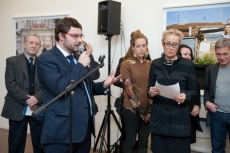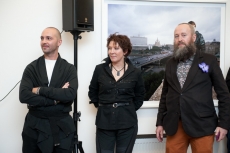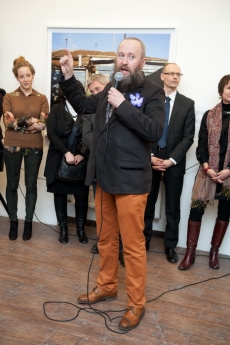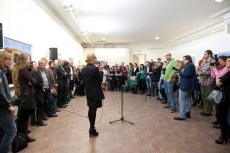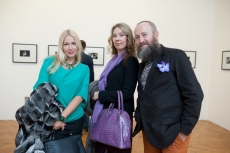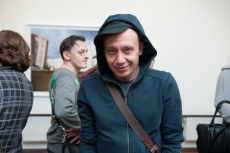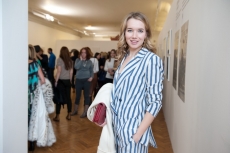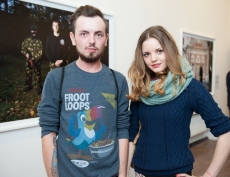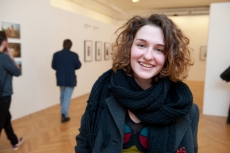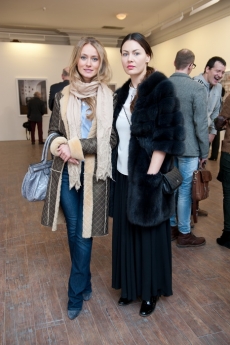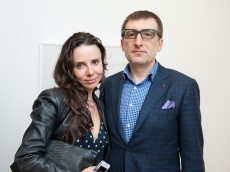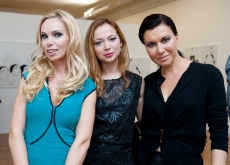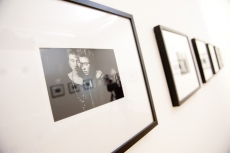Night Shifting
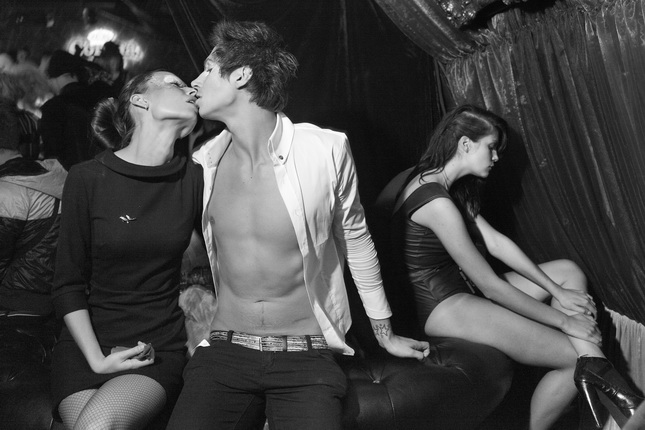
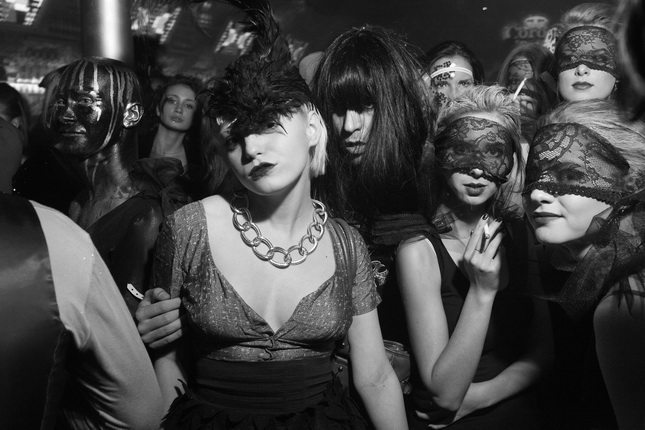
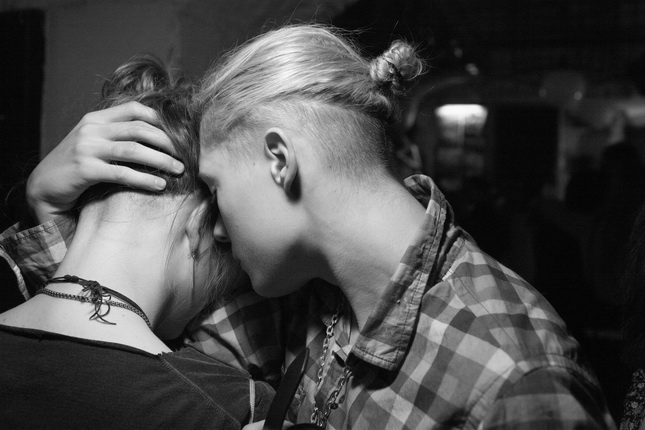
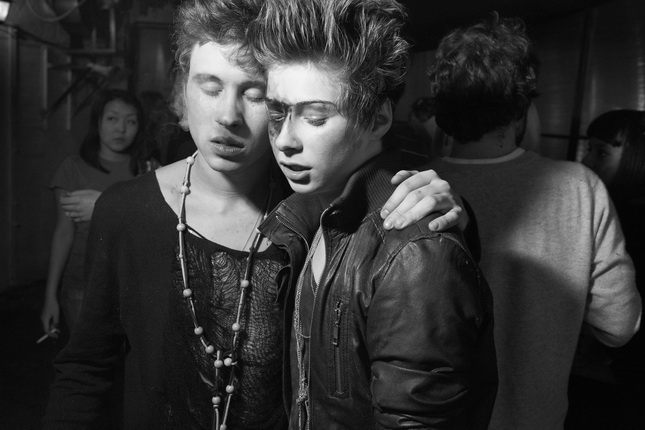
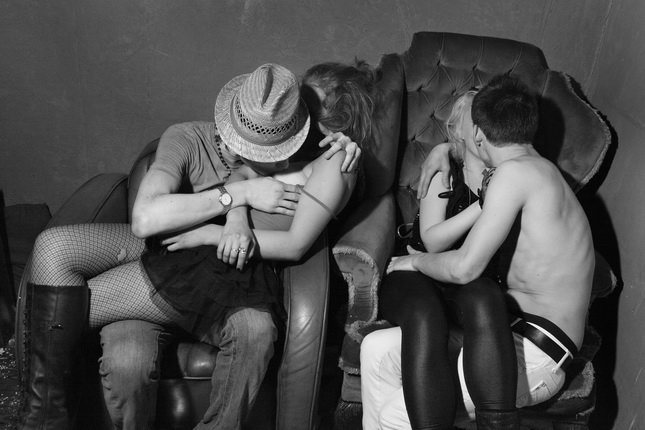
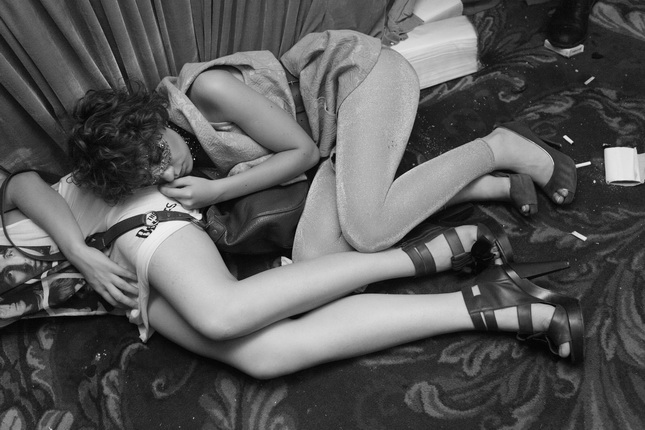
Alexander Lepeshkin. From the series “Night Shifting“. Loshadka party. St. Petersburg, August 2010. Author’s collection
Alexander Lepeshkin. From the series “Night Shifting“. Loshadka party. St. Petersburg, August 2010. Author’s collection
Alexander Lepeshkin. From the series “Night Shifting“. C.L.U.M.B.A., Moscow, February 2011. Author’s collection
Alexander Lepeshkin. From the series “Night Shifting“. C.L.U.M.B.A., Moscow, January 2011. Author’s collection
Alexander Lepeshkin. From the series “Night Shifting“. Loshadka party. Moscow, “Solyanka”, February 2010. Author’s collection
Alexander Lepeshkin. From the series “Night Shifting“. Loshadka party. St. Petersburg, August 2010. Author’s collection
Moscow, 23.03.2013—12.05.2013
exhibition is over
Zourab Tsereteli Gallery of Fine-Arts
19, Prechistenka street (
opening hours: 12:00 - 20:00, Friday 12:00 - 22:00, Sunday 12:00 - 19:00, day off - Monday.
Tel: + 7 (495) 637-25-69
Share with friends
Curator: Nina Levitina
For the press
Author’s Foreword.
I started shooting at night clubs in the spring of 2010, and I have intermittently done it up to this moment. Most of that are C.L.U.M.B.A. parties in Moscow; and I went to St. Petersburg for the Loshadka Party twice. The crowd is the same there, people often go to St. Petersburg (or to Moscow) for a party.
I’m not interested in the club life proper. It is too diverse. I am interested in young people who are opening up in front of my camera, young people who are seeking themselves in this life. Perhaps, ten years from now these fellows and girls will grow up and settle down, and they’ll have a different look and won’t be happy to meet a person with the camera.
For myself, a club party provides an opportunity to explore faces, relations through the camera. This is impossible in many situations of our life. You can make real close-up shots at a club. For a photographer, it is partially street photography shot indoors though. And it is a study, an experiment too. Starting the shooting session, I didn’t know a single person at the club.
I’m not a journalist, and I’m not telling a story, I don’t strive to inform the viewer about something he or she has not seen before. The subject (young people in my case) and the picture proper are very important for me, the picture with its plastic values: composition, chiaroscuro, the representation of textures. And emotions, of course. These are intimate works, in a sense. The effect of intimacy is not felt on the screen, it seems. The analogy with engravings which are interesting when you have a close look at them is flattering for me.
I watch my characters with interest, sympathy, and kind feelings in general. I’m not for satire. I get something of that kind sometimes, but it is not intentional ;) I know that some people see some emptiness and lack of spirituality, some depravity in my shots. But I see young people — sometimes tired, sometimes happy — here. They often pretend to be freaks, but they are vulnerable, and they are seeking happiness, just like everybody else.
A. L. February, 2013.
Born in 1964, lives and works in Moscow.
Learned to make photos in the family, in his childhood.
An engineer by education. Having left a defense industry enterprise, he became a professional photographer, shooting rock concerts. His first publications were the photos of Petr Mamonov and the Zvuki Mu band in The Guardian and Sovetskaya Kultura newspapers during 1980-1990s. He contributed to such magazines as Bolshoy Gorod, L’Officiel, Forbes, Time Out, Hello, and many others. Worked for the Russian branches of BMW, Cartier, CHIVAS, Dunhill, Martell, Olmeca, for URALSIB and Russky Standart banks.
Silver Camera award in the Faces category (2010).
Participated in the Moscow International Portfolio Review and the Perm Photobiennale (2011). Authors photo projects in parallel with commercial work.
Fashion is the function of time, it inevitably registers the contemporary epoch. Photography strives for the same goal. When a visual document of this kind offers an unmistakable feeling of time, while fashion is nowhere to be found, we can state with assurance that the author succeeded in registering such an elusive matter as style.
The history of European subcultures witnessed a period five years ago when young people were reluctant to use the language of actual fashion. During the post-crisis period many people doubted that fashion would survive. Without the protective shell of trends, young people look really vulnerable. But they are so sincere in their rejection of uniformity that they immediately invent a new uniform for themselves, so shamelessly stealing ideas from each other and from the past that only a heartless person cannot but admire it.
Andrey Abolenkin


